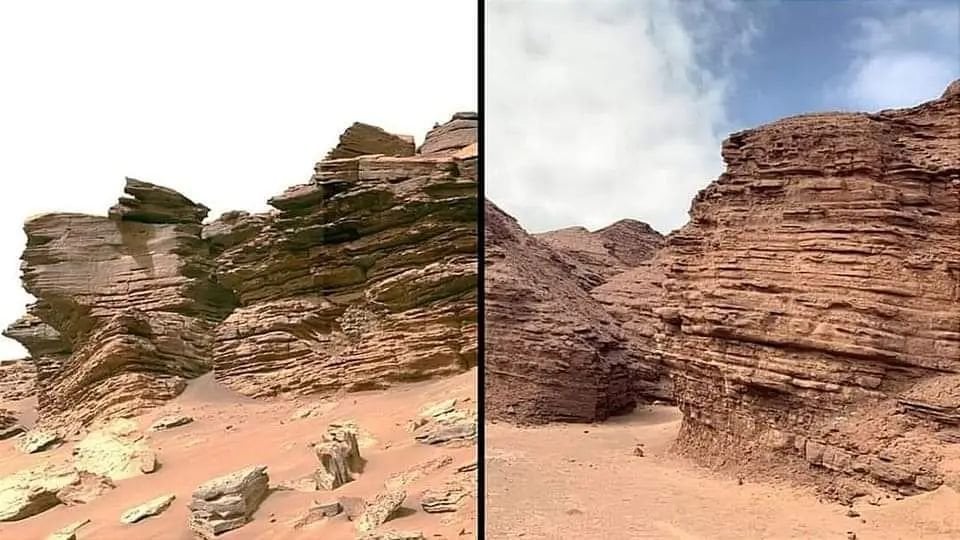this post was submitted on 21 Sep 2024
522 points (98.7% liked)
Space
8494 readers
944 users here now
Share & discuss informative content on: Astrophysics, Cosmology, Space Exploration, Planetary Science and Astrobiology.
Rules
- Be respectful and inclusive.
- No harassment, hate speech, or trolling.
- Engage in constructive discussions.
- Share relevant content.
- Follow guidelines and moderators' instructions.
- Use appropriate language and tone.
- Report violations.
- Foster a continuous learning environment.
Picture of the Day
 The Busy Center of the Lagoon Nebula
The Busy Center of the Lagoon Nebula
Related Communities
🔭 Science
- !astronomy@mander.xyz
- !curiosityrover@lemmy.world
- !earthscience@mander.xyz
- !esa@feddit.nl
- !nasa@lemmy.world
- !perseverancerover@lemmy.world
- !physics@mander.xyz
- !space@beehaw.org
- !space@lemmy.world
🚀 Engineering
🌌 Art and Photography
Other Cool Links
founded 1 year ago
MODERATORS
you are viewing a single comment's thread
view the rest of the comments
view the rest of the comments


I could be wrong, but I don't think so in this case. Water would likely create more variation in banding where some groupings of layers is present and distinct. What I see in the differences at higher levels appears to be from exposure to wind and solar temperature fluctuations due to exposure. It looks too linear from top to bottom. With water I expect those more distinct sections of banding like you see on the Earth pic side. Maybe there was a lot more or less rain for a time due to a mountain range that came and went, or a local sea or large water basin. Those layers are deep time and more like the slow accumulation of an average dust before wind patterns shift significantly or some event shifts the composition like exposure of a different large rock unit to winds regionally. It is hard for humans to grasp deep time like this.